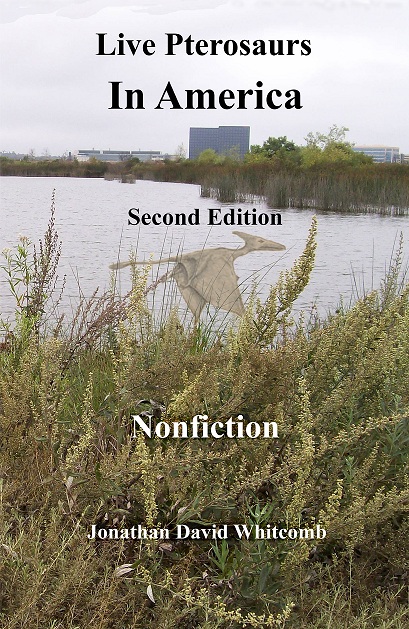From cryptozoology.com, a sighting of footprints and scat suggest a Bigfoot (reported May 18, 2010):
This was about three or four years ago . . . a stream called Big Pipe Creek, which was adjacent from a soybean field in rural Carroll County, MD, close to the Carroll/Adams county border. This was around mid October. . . . descending toward the stream I found tracks going towards the stream, one in particular was in mud were there was no grass around. This track was about 14 inches long and about four inches wide and was sunk in about 2 to 3 inches in the ground. I weighed about 225 lbs at the time and did not sink in at all. Fallowing these footsteps I happened upon a huge pile of scat. Not sure how to describe it except it was black in color with a yellowish tint in large clumps making a large pile. It looked to be composed mainly of vegetable matter. . . . I contacted the bfro [Bigfoot Field Researchers Organization] and they explained there have been quite a few sightings in that area. I have also notice strange things (mainly vocalizations) in the area throughout the years.
Pterosaur Observed in Pennsylvania
In the summer of 2006, at about 8:00 p.m., . . . in southwest Greensburg, Pennsylvaniva, a karate teacher and two of his students were talking outside. Above some small trees . . . they saw something that at first could have been mistaken for a large bird. . . . [The karate teacher said:] it caught my eye. Being that far up the “birds” body still appeared to be much larger than my 100 pound dog . . . The wingspan appeared to be at least six feet and although it was a bit away from us you could clearly make out a long “horn” or “cone” type protrusion coming out of the back of its skull . . . [The head] was at the end of an elongated neck.
_________________________________________________________________________________________
Promoting a Cryptozoology Book
Live “pterodactyls?” In the United States? Many scientists have long assumed all pterosaurs died millions of years ago. Now take a whirlwind tour of many years of investigations in cryptozoology, and prepare for a shock: At least two pterosaur species have survived, uncommon, not so much rare as widely and thinly distributed.
Read the details in the second edition of Live Pterosaurs in America.
Nocturnal pterosaurs have always lived among us, but hidden by something. Enter now the realm of a new branch of cryptozoology, a branch overshadowed by the dogma of a “universal extinction.” How did scientists miss living pterosaurs? Get the answers here, hidden secrets about how these amazing flying creatures of the night have gone mostly unreported: Until recently, almost nobody would listen to eyewitnesses; but for the past seven years many of them have been interviewed by the author of this book.



